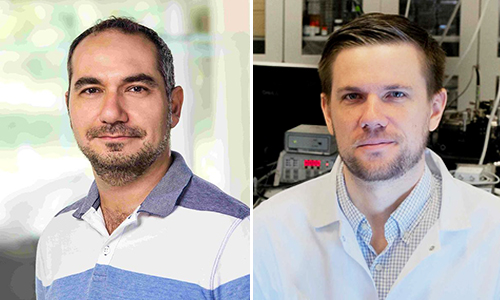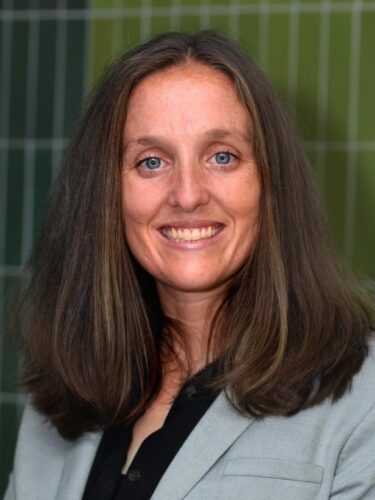Exploratory Energy Research Fund fuels explorations into urban solar panels and batteries for electrical grid storage
By Catherine Zandonella, Office of the Dean for Research
Two new projects that propel investigations in sustainable energy generation and storage have been awarded funding via the Dean for Research Innovation Fund for Exploratory Energy Research.
The fund exemplifies the University’s commitment to support innovative curiosity-driven energy research that is critical to securing a sustainable shared future. The Innovation Fund for Exploratory Energy Research is part of the larger Energy Research Fund. The Office of the Dean for Research oversees funding for fundamental energy research projects, and the Andlinger Center for Energy and the Environment distributes funding for research projects in collaboration with corporate partners.
The two projects were selected following a competitive application process.
Beyond electricity generation: Innovations in urban photovoltaics to co-optimize energy supply and demand
As the world adopts sustainable energy solutions, the demand for low-cost solar energy is increasing. Yet solar panel farms tend to be located far from the cities where electricity demand is greatest. Could new flexible, partially transparent solar cells be part of the solution to low-cost and convenient energy generation in cities?

Elie Bou-Zeid, professor of civil and environmental engineering, and Quinn Burlingame, associate research scholar in the Andlinger Center for Energy and the Environment, will explore how solar cells, also known as photovoltaics, can be deployed throughout urban surfaces such as rooftops, walls, and windows to generate electricity, manage heat flow, and improve the comfort of building occupants.
The team will investigate thin, flexible photovoltaic designs that generate electricity while allowing some visible light to pass through a surface such as a window. By tuning which wavelengths of light are absorbed to produce electricity, and which wavelengths can pass through the material, the team hopes to enhance building aesthetics while offsetting peak daytime electricity usage and reducing the need for air conditioning.
The team will examine how well these solar cells prevent heat accumulation in cities by testing air flow around the solar panels and evaluating how the panels exchange heat with their surroundings. The goal is to define how urban photovoltaics can work synergistically with other changes in urban design to maximize the comfort and well-being of city-dwellers.
Inorganic membranes for high density flow batteries for grid energy storage
With rising use of sustainable sources of power such as wind and solar energy, the need for long-term electricity storage is greater than ever. Batteries that can store large amounts of electricity for greater than six hours remain a critical bottleneck for the transport and production of sustainable power.

Kelsey Hatzell, assistant professor of mechanical and aerospace engineering and the Andlinger Center for Energy and the Environment, and her team will explore ways to improve a promising energy storage system called the redox flow battery. Unlike conventional batteries, which store energy in the batteries’ electrodes, redox flow batteries store energy in a fluid. The fluid can be placed in external tanks, providing long-duration storage of electricity.
Hatzell will explore ways of overcoming one of the major challenges in developing redox flow batteries, the cross-contamination of materials between the battery’s electrodes, which weakens the ability of the battery to store electricity. Hatzell proposes to create new solid membranes that can prevent this cross-over. The resulting membrane can then be incorporated into a low cost, high-density battery that uses a liquid electrolyte to provide long-term energy storage.
This story originally appeared on the Office of the Dean for Research website.